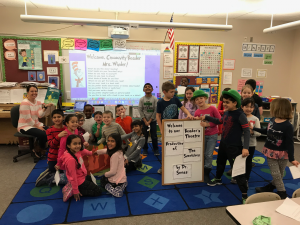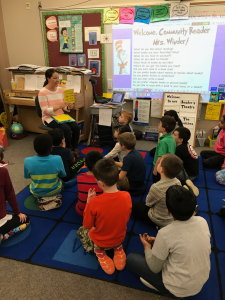Posted by kavery508 | Posted in Uncategorized | Posted on March 26, 2018
 This is last call for Literacy Night readers! If you child wishes to read an original piece of writing, please let me know today. All permission forms are due no later than this Wednesday, March 28.
This is last call for Literacy Night readers! If you child wishes to read an original piece of writing, please let me know today. All permission forms are due no later than this Wednesday, March 28.
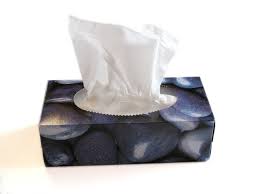 Spring cold and allergy season has begun! Help us fight the good fight, and send in a few boxes of kleenex when you can to get us to the end of the year. I’ve got them on every table and on the floor, too! On the plus side, kids are getting much better at sneezing into their elbows–big step forward!
Spring cold and allergy season has begun! Help us fight the good fight, and send in a few boxes of kleenex when you can to get us to the end of the year. I’ve got them on every table and on the floor, too! On the plus side, kids are getting much better at sneezing into their elbows–big step forward!
 This week’s new comprehension strategy is predicting. Always, the #1 thing we want students to do when they read for meaning is to think about the text. When we do that, we can’t help but make predictions–predictions about where a story is going next; predictions about what language or vocabulary we will likely encounter next; predictions about answers to our questions that arise when we read. Equally important is to check our predictions, or guesses, as we read on, and adjust our thinking accordingly. It’s what helps us learn new things and it makes us engage with text, building our lifelong learning skills. Here’s a short article on predicting with ideas for making connections to science at home: http://www.readingrockets.org/article/making-predictions
This week’s new comprehension strategy is predicting. Always, the #1 thing we want students to do when they read for meaning is to think about the text. When we do that, we can’t help but make predictions–predictions about where a story is going next; predictions about what language or vocabulary we will likely encounter next; predictions about answers to our questions that arise when we read. Equally important is to check our predictions, or guesses, as we read on, and adjust our thinking accordingly. It’s what helps us learn new things and it makes us engage with text, building our lifelong learning skills. Here’s a short article on predicting with ideas for making connections to science at home: http://www.readingrockets.org/article/making-predictions
 As our final Trimester of school begins, students will be taught the ins-and-outs of good poetry, and to write meaningful poems of their own. They will learn how to choose topics that they feel strongly about; how to write with a mix of thoughts, feelings, and carefully chosen words; how to replace uninteresting text with better words and similes; and how to edit the structure (lines, repetition, etc.) of their poems until it looks and sounds right. Here is a very cool site for you and your child to view at home, where children’s poetry is read aloud and you can learn more about poets and their craft! http://childrenspoetryarchive.org/?_ga=1.112867396.1951796194.1461419863
As our final Trimester of school begins, students will be taught the ins-and-outs of good poetry, and to write meaningful poems of their own. They will learn how to choose topics that they feel strongly about; how to write with a mix of thoughts, feelings, and carefully chosen words; how to replace uninteresting text with better words and similes; and how to edit the structure (lines, repetition, etc.) of their poems until it looks and sounds right. Here is a very cool site for you and your child to view at home, where children’s poetry is read aloud and you can learn more about poets and their craft! http://childrenspoetryarchive.org/?_ga=1.112867396.1951796194.1461419863
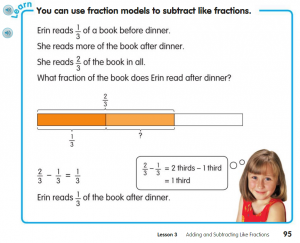 We will wrap up our study of fractions by learning to add and subtract “like” fractions. We’ll then connect this concept to bar models we’ve previously used to represent problems. Check out the picture above: notice how bar models can be used to think concretely about the relative space and size involved in fractions–smart!
We will wrap up our study of fractions by learning to add and subtract “like” fractions. We’ll then connect this concept to bar models we’ve previously used to represent problems. Check out the picture above: notice how bar models can be used to think concretely about the relative space and size involved in fractions–smart!
 Our Trimester 3 mapping goals include locating and identifying the ‘big three’ countries in North America, distinguishing between countries and continents, and identifying major physical features of the U.S. such as the Mississippi, Rocky Mountains, Appalachians, Great Lakes, etc. Students will be introduced this week to natural and cultural features on maps and use them to extract information, applying critical thinking. I encourage kids to do the same with your guidance! Maps are like treasures that get more interesting the more kids delve into them.
Our Trimester 3 mapping goals include locating and identifying the ‘big three’ countries in North America, distinguishing between countries and continents, and identifying major physical features of the U.S. such as the Mississippi, Rocky Mountains, Appalachians, Great Lakes, etc. Students will be introduced this week to natural and cultural features on maps and use them to extract information, applying critical thinking. I encourage kids to do the same with your guidance! Maps are like treasures that get more interesting the more kids delve into them.
 The final science topic of the year that we will explore is States of Matter. Through a combination of hands-on activities, investigations meant to teach the scientific process of inquiry, and multimedia approaches, students should develop an understanding of matter and be able to identify solids, liquids, and gases by their observable properties. This week they will investigate solids, liquids, and gels by manipulating examples of each in order to learn about their properties. Here’s a link to our district’s science program for this topic, with objectives and content defined:https://www.fossweb.com/delegate/ssi-wdf-ucm-webContent?dDocName=D568667
The final science topic of the year that we will explore is States of Matter. Through a combination of hands-on activities, investigations meant to teach the scientific process of inquiry, and multimedia approaches, students should develop an understanding of matter and be able to identify solids, liquids, and gases by their observable properties. This week they will investigate solids, liquids, and gels by manipulating examples of each in order to learn about their properties. Here’s a link to our district’s science program for this topic, with objectives and content defined:https://www.fossweb.com/delegate/ssi-wdf-ucm-webContent?dDocName=D568667

 In our final trimester, students will engage in short, skills-based math units on topics such as telling time, measuring in inches/feet, graphing, and more. We begin by learning fractions: what they are; how to name them; how to compare them, and how to add fractions with similar denominators. What’s important, according to the Common Core, is that students gain an understanding of what fractions mean and become fluent using halves, thirds, and fourths. Consider the example below. Notice how it encourages students to think about what fractions are and about their relative sizes. This picture and many more can be found in the Student Book accessible via the Math in Focus link above (Book B; Chapter 12). As always, hit me with any questions!
In our final trimester, students will engage in short, skills-based math units on topics such as telling time, measuring in inches/feet, graphing, and more. We begin by learning fractions: what they are; how to name them; how to compare them, and how to add fractions with similar denominators. What’s important, according to the Common Core, is that students gain an understanding of what fractions mean and become fluent using halves, thirds, and fourths. Consider the example below. Notice how it encourages students to think about what fractions are and about their relative sizes. This picture and many more can be found in the Student Book accessible via the Math in Focus link above (Book B; Chapter 12). As always, hit me with any questions!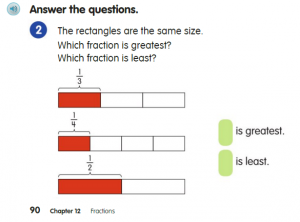

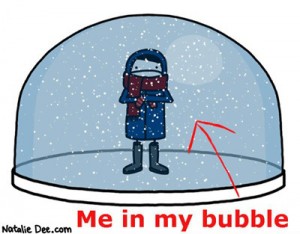
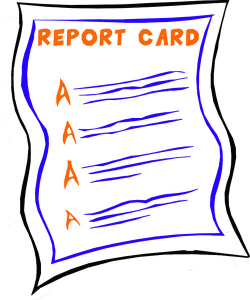
 St. Patrick’s Day meets Social Studies: Ever wonder why there are so many Irish families in Massachusetts? What can geography tell us about immigration? We’ll explore those questions this week using maps as a means to understand culture. We’ll also explore directionality and landforms related to the Emerald Isle, share Irish folk tales and music, and more. For some fun sharing of Irish culture, check out:
St. Patrick’s Day meets Social Studies: Ever wonder why there are so many Irish families in Massachusetts? What can geography tell us about immigration? We’ll explore those questions this week using maps as a means to understand culture. We’ll also explore directionality and landforms related to the Emerald Isle, share Irish folk tales and music, and more. For some fun sharing of Irish culture, check out: 